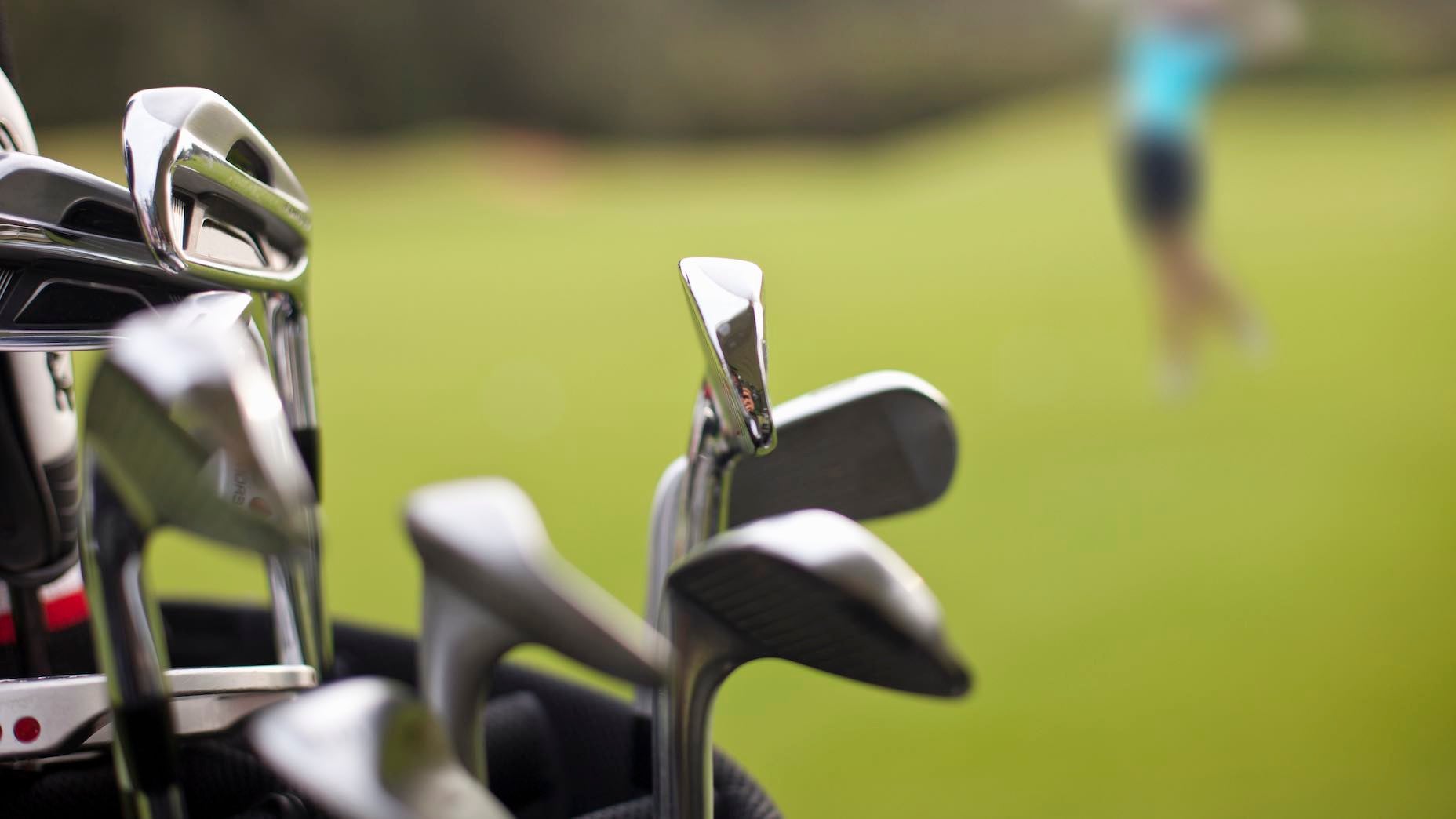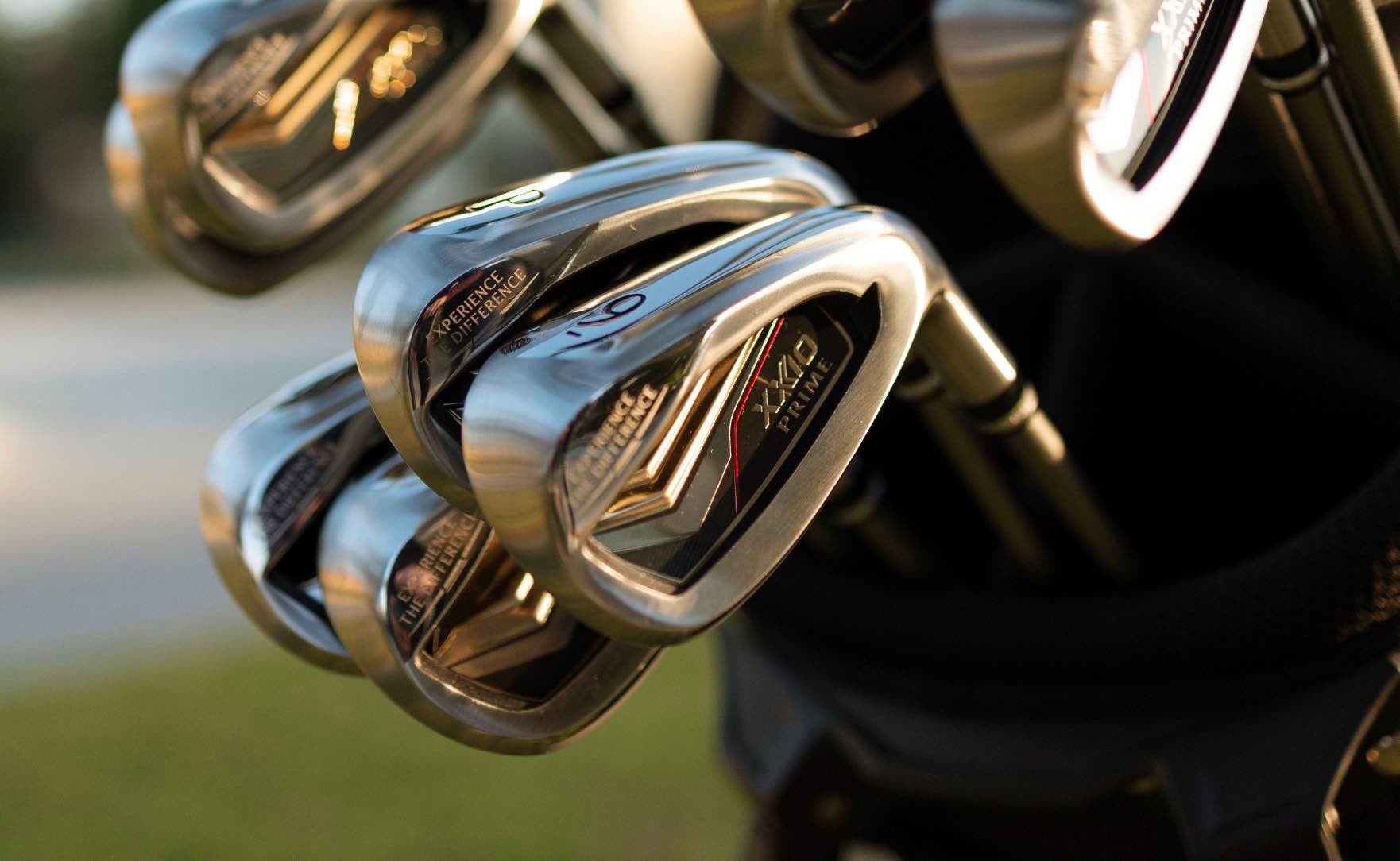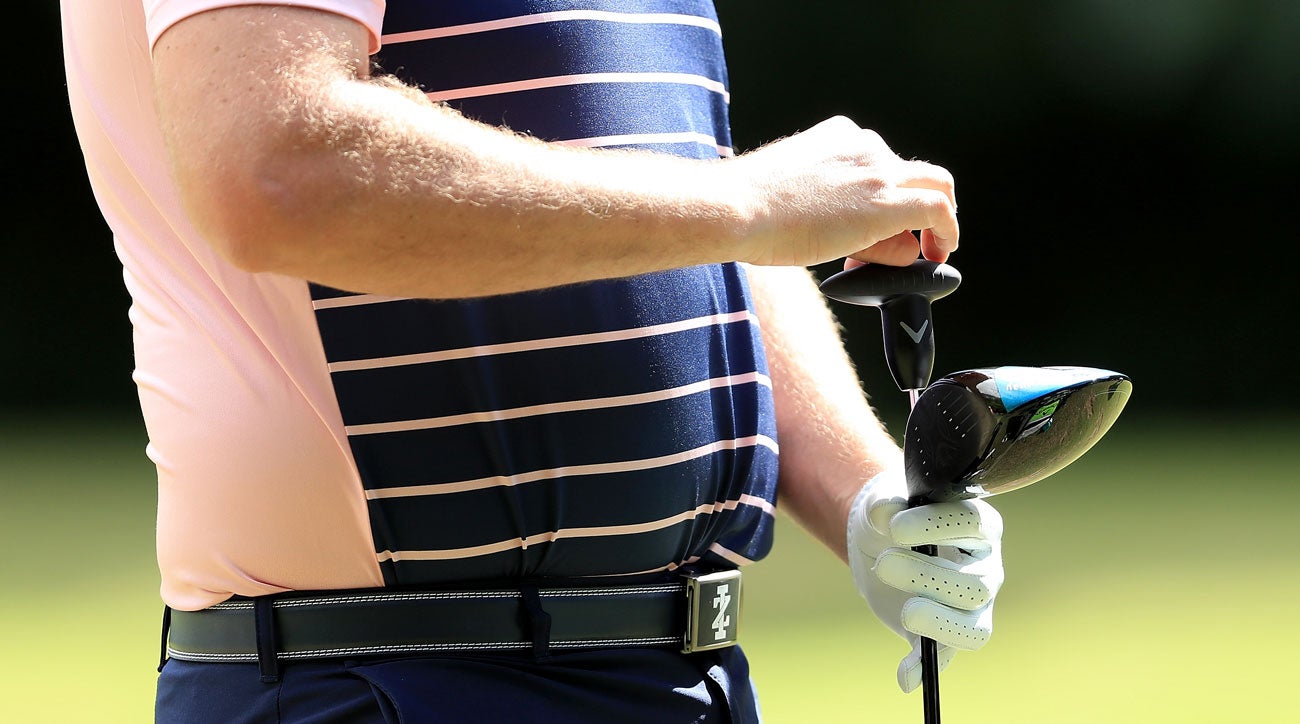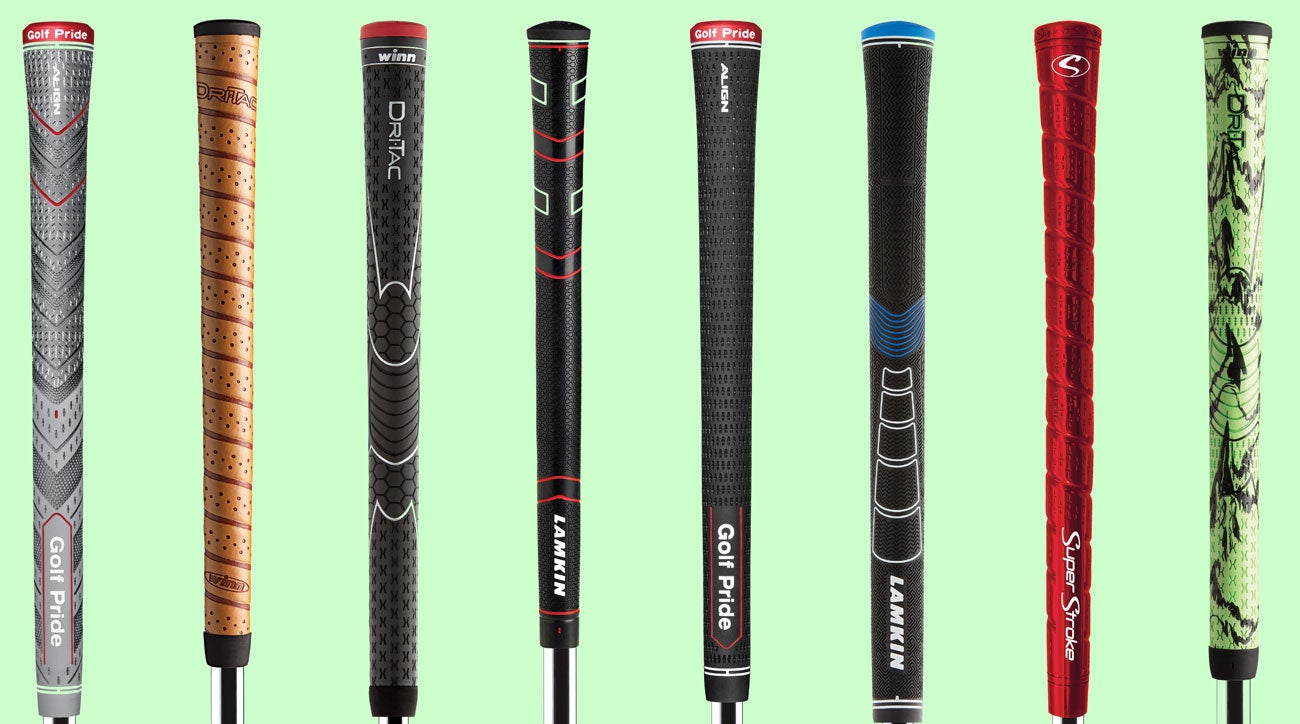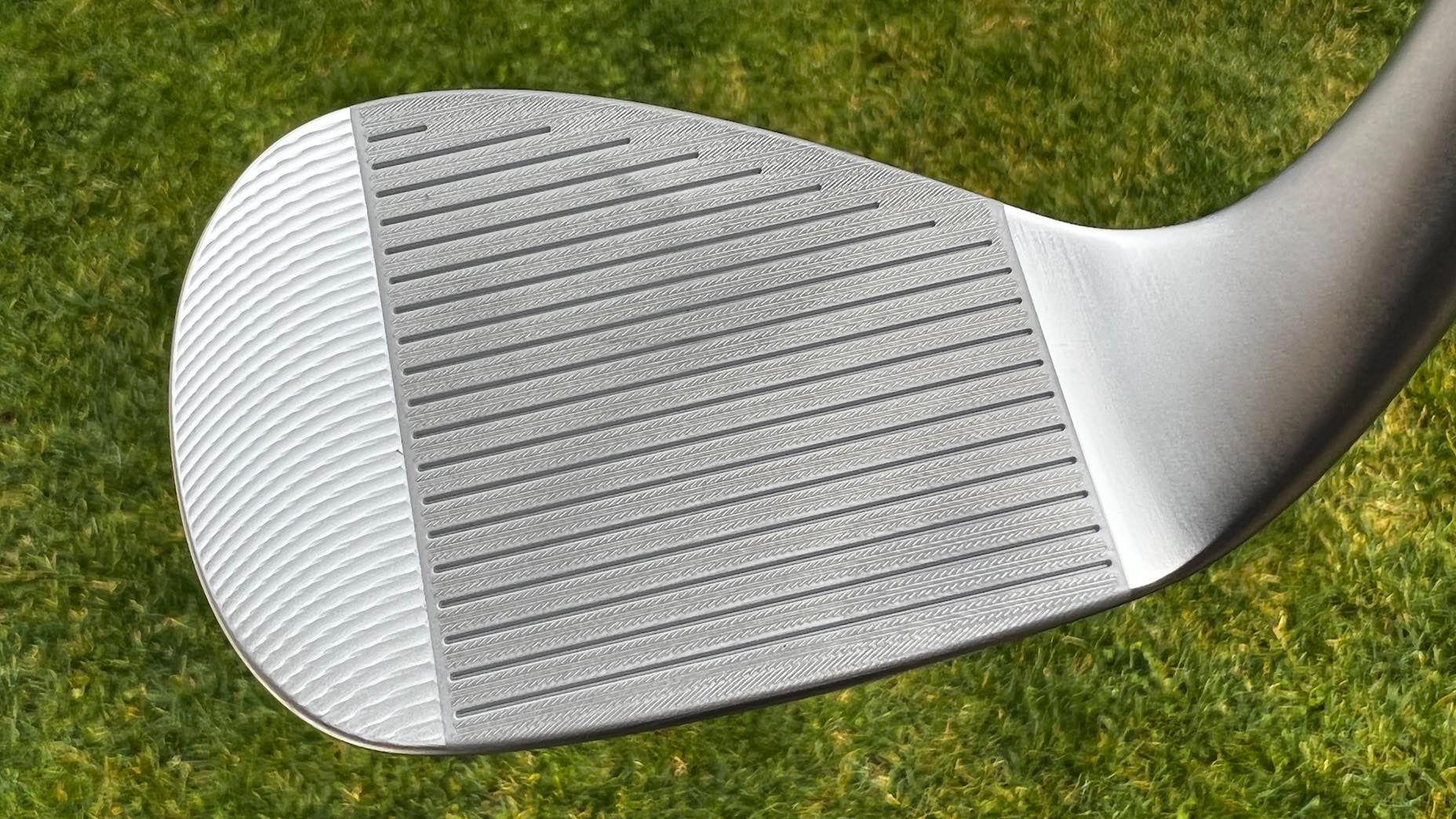Welcome to Gear Questions You’re Afraid to Ask, a GOLF.com series produced in partnership with Cleveland Golf. In the latest installment, we discuss how to go about determining if it’s time to repair or replace your golf equipment.
***
Even though golf isn’t a contact sport, things can sometimes get brutal for your clubs. When they aren’t scraping divots in the turf, mashing sand, or hitting rock hard range balls off range mats, they’re being hauled around in a bag while clanging against one another and banging into the ground or on a golf cart.
Even how clubs are stored — in trunks and garages and sheds — can tack on additional wear and tear when they aren’t in use.
This doesn’t mean your equipment is destined to fail. Quite the contrary if you practice good habits and know what to look for when inspecting your clubs. To assist, we’ve put together a few quick tips to help you spot-check your gear and determine whether it’s time or repair or replace your stuff.
Repair: Worn-out grips
Grips are the easiest fix of all the fixes. But sometimes knowing when you need new grips isn’t all that obvious. For instance, if your grips have serious wear marks or indentations, or if you find your glove is wearing out faster than usual, you might need grips with a grippier texture to lessen that death grip you’re playing with. Furthermore, it’s worth experimenting with different grip sizes too. A different grip diameter, whether smaller or larger, can greatly affect how you hold the club and swing.
Replace: Irons and wedges with worn out grooves
The grooves on your irons and wedges take a beating especially if you hit a lot of range balls with particular clubs in your set. We recently posted a quick way for you to check your grooves with your fingernail, and we know there are groove sharpener tools you can buy to “fix” the problem. But here’s the deal. Using a groove tool will in fact sharpen the hell out of your grooves, but it’s almost certain they’ll no longer conform to the Rules of Golf. Instead of fixing worn grooves yourself, a new wedge such as Cleveland’s RTX ZipCore with Ultizip grooves will invariably perform better, last longer and will conform to the rules.
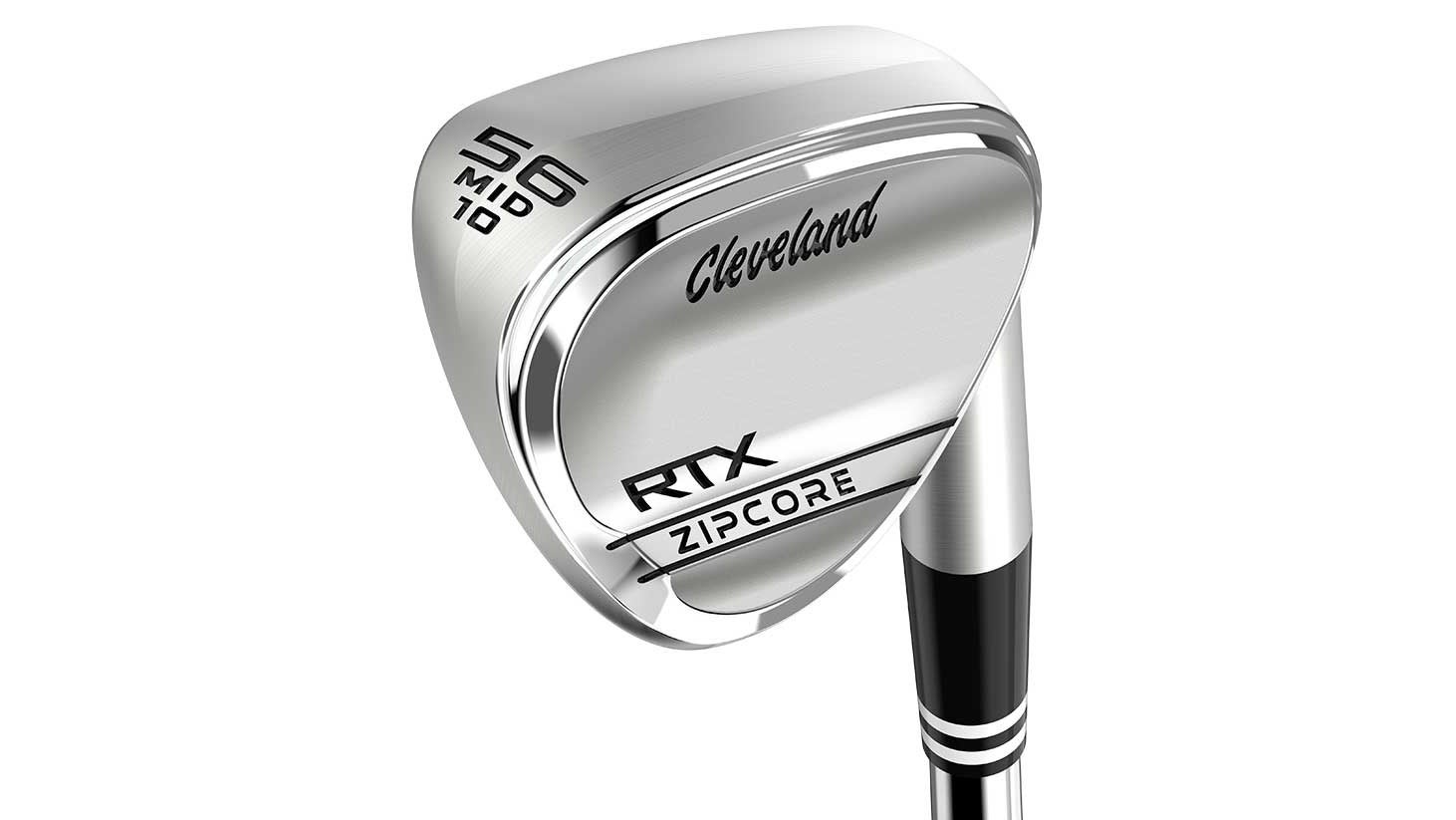
Cleveland RTX ZipCore
Replace: Dented, chipped or split shafts
Steel shafts tend to be more durable than composite shafts, but they aren’t immune to damage. Be sure and check each steel shaft for straightness and rust spots (water inside the shaft can cause corrosion), and check your composite shafts for splits, cuts or small fractures. Which by the way, most graphite shafts break near the clubhead, so look there first.
Repair: Lofts and lies
Both the lofts and lie angles of your clubs are subject to change, especially if you hit a lot of golf balls at your local driving range. Luckily, small adjustments in lofts and lies are easy fixes for a clubfitter, and can be done while you wait. A good tell if you think you have a loft/lie problem is having an iron or wedge that doesn’t feel right, or that produces shot that fly as high or as far as another club in your set does.
Replace: Dented/cracked clubheads
Professional golfers dent or crack clubheads from time to time. It’s possible you can too, and furthermore, you may crack or cave-in a clubface without even knowing it. So check your drivers, woods and hybrids —you should have curved, convex faces (not concave) and you shouldn’t see any visible cracks or dents. Submerging a clubhead in water can sometimes help you determine if there’s a crack, but not always. You’re better off judging performance and sound. If the club feels off, or doesn’t produce distance/accuracy like it used to or is lacking a familiar sound at impact, it may be time for a replacement.
Repair: Scuffs and small paint chips
Small scuffs, dents or abrasions might not look that great, but in most cases, they don’t affect performance all that much. For wedges, irons and putters, a fine-grit sandpaper can help erase minor scuffs, and a light coat of auto paint on a clubhead can hide a cosmetic flaw.
Repair: Your golf bag
Zipper pulls break sometimes, and straps can rip or wear out on your golf bag. Both are fixable though—a drycleaner or seamstress, or even a cobbler can sometimes fix a zipper and you can buy replacement straps. If your golf bag is literally falling apart due to sun or water damage, or if the stand mechanism is beyond repair, then yes, go ahead and shell out a few bucks for a replacement bag. You don’t want any unneeded added frustration out on the course.
Replace: Your headcovers
Finally, is there any reason to tote around a gross, moldy, faded and torn headcover? We think not, especially with the huge variety of headcover options there are to choose from. You can go with knitted poms, leathers, mascots, animals—anything is better that a tattered and tacky headcover.
Want to overhaul your own bag for 2021? Visit the expert fitters at our affiliate brand, True Spec Golf. For more on the latest gear news and information, make sure to check out our recent Fully Equipped podcast in the Spotify link below.
